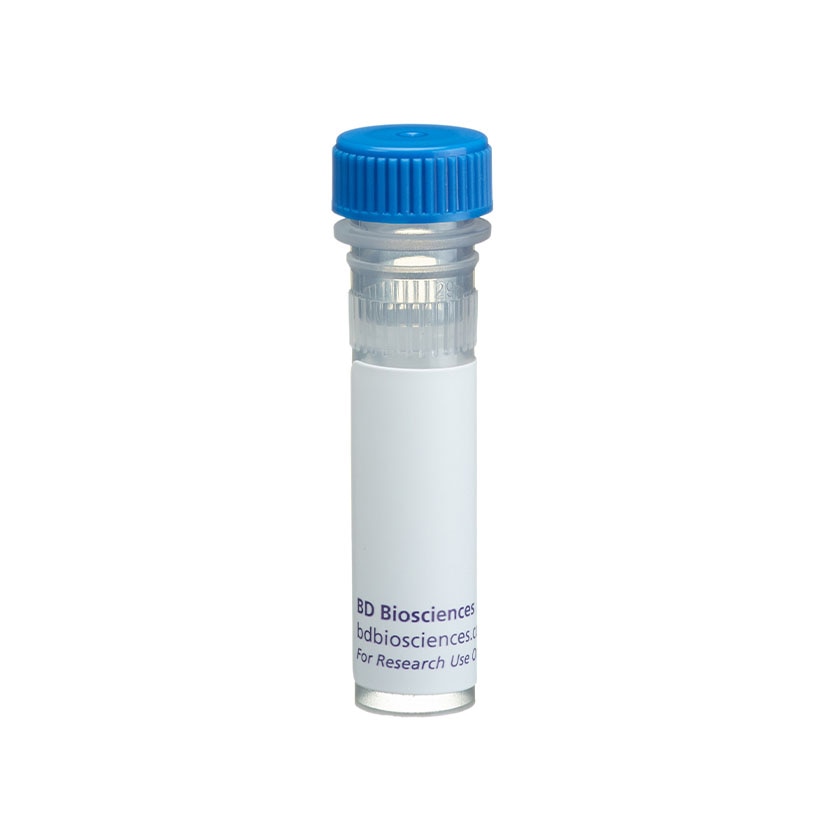Old Browser
This page has been recently translated and is available in French now.
Looks like you're visiting us from {countryName}.
Would you like to stay on the current country site or be switched to your country?


Regulatory Status Legend
Any use of products other than the permitted use without the express written authorization of Becton, Dickinson and Company is strictly prohibited.
Preparation And Storage
Recommended Assay Procedures
For the sandwich mouse IgG1, G2a, G2b, G3, IgM, IgA, and IgE ELISA, biotin-conjugated mAb 187.1 (Cat. No. 559750, cocktailed with biotin-conjugated anti-mouse Ig λ1, λ2, and λ3 light chain, R26-46 mAb, Cat. No. 553433) is optimal for detection with anti-mouse Ig isotype specific mAbs (A85-3, Cat. No. 553445; R19-15, Cat. No. 553387; R12-3, Cat. No. 553392; R2-38, Cat. No. 553404; II/41, Cat. No. 553435; C10-1, Cat. No. 556960; C10-3, Cat. No. 556969; R35-72, Cat. No. 553413) for capture, respectively. For flow cytometric detection of intracytoplasmic Ig, κ light chain, we recommend FITC-conjugated mAb 187.1 (Cat. No. 550003). Since applications vary, each investigator must determine dilutions appropriate for individual use.
Product Notices
- Since applications vary, each investigator should titrate the reagent to obtain optimal results.
- Please refer to www.bdbiosciences.com/us/s/resources for technical protocols.
- Caution: Sodium azide yields highly toxic hydrazoic acid under acidic conditions. Dilute azide compounds in running water before discarding to avoid accumulation of potentially explosive deposits in plumbing.
- Sodium azide is a reversible inhibitor of oxidative metabolism; therefore, antibody preparations containing this preservative agent must not be used in cell cultures nor injected into animals. Sodium azide may be removed by washing stained cells or plate-bound antibody or dialyzing soluble antibody in sodium azide-free buffer. Since endotoxin may also affect the results of functional studies, we recommend the NA/LE (No Azide/Low Endotoxin) antibody format, if available, for in vitro and in vivo use.
The 187.1 monoclonal antibody specifically binds to kappa light chains of mouse immunoglobulins. The 187.1 antibody does not react with mouse λ1 or λ2 immunoglobulin lights chains or mouse immunoglobulin heavy chains.
This antibody is routinely tested by ELISA and flow cytometric analysis. Other applications were tested at BD Biosciences Pharmingen during antibody development only or reported in the literature.
Development References (1)
-
Yelton DE, Desaymard C, Scharff MD. Use of monoclonal anti-mouse immunoglobulin to detect mouse antibodies. Hybridoma. 1981; 1(1):5-11. (Immunogen). View Reference
Please refer to Support Documents for Quality Certificates
Global - Refer to manufacturer's instructions for use and related User Manuals and Technical data sheets before using this products as described
Comparisons, where applicable, are made against older BD Technology, manual methods or are general performance claims. Comparisons are not made against non-BD technologies, unless otherwise noted.
For Research Use Only. Not for use in diagnostic or therapeutic procedures.
Report a Site Issue
This form is intended to help us improve our website experience. For other support, please visit our Contact Us page.